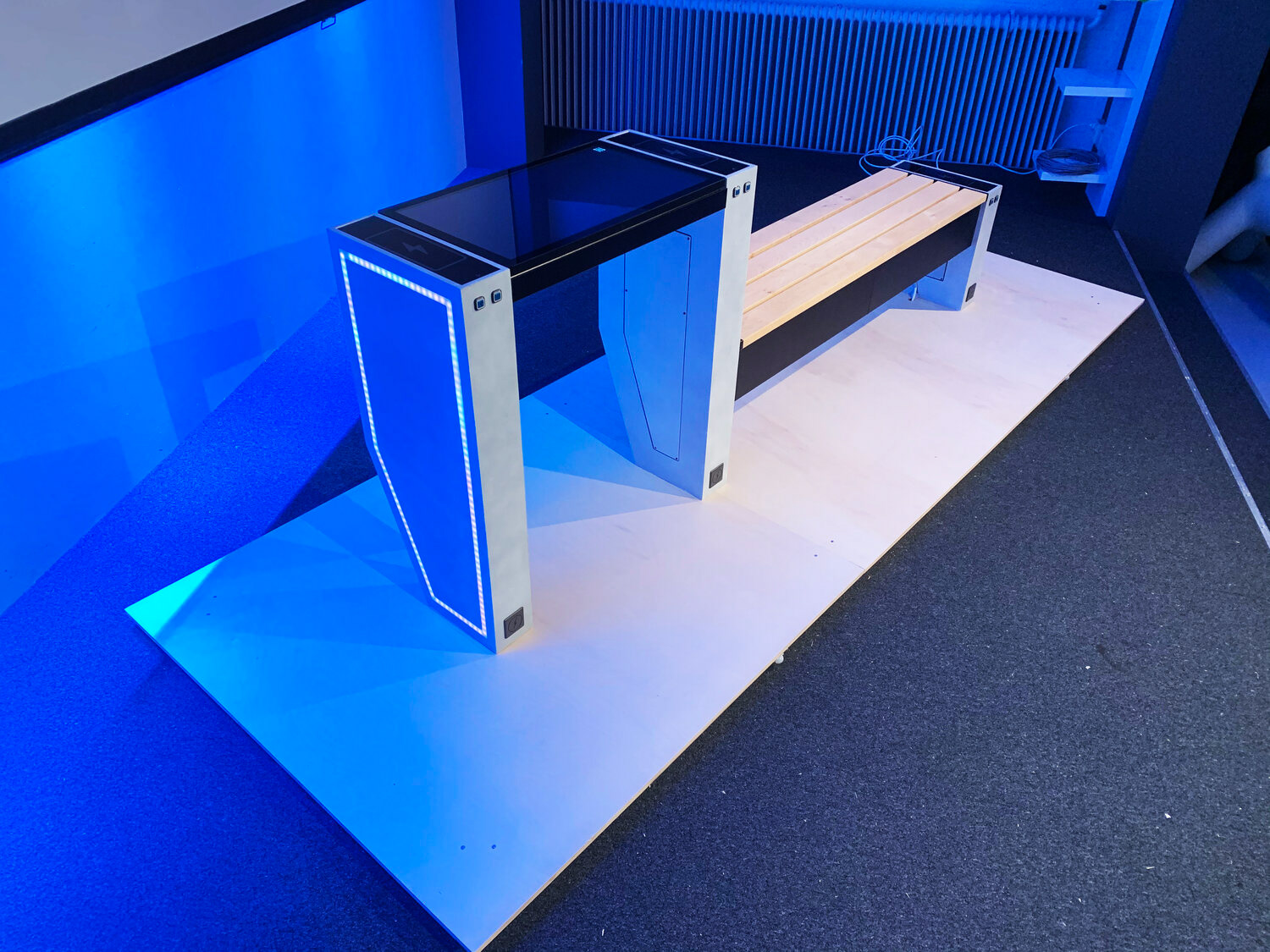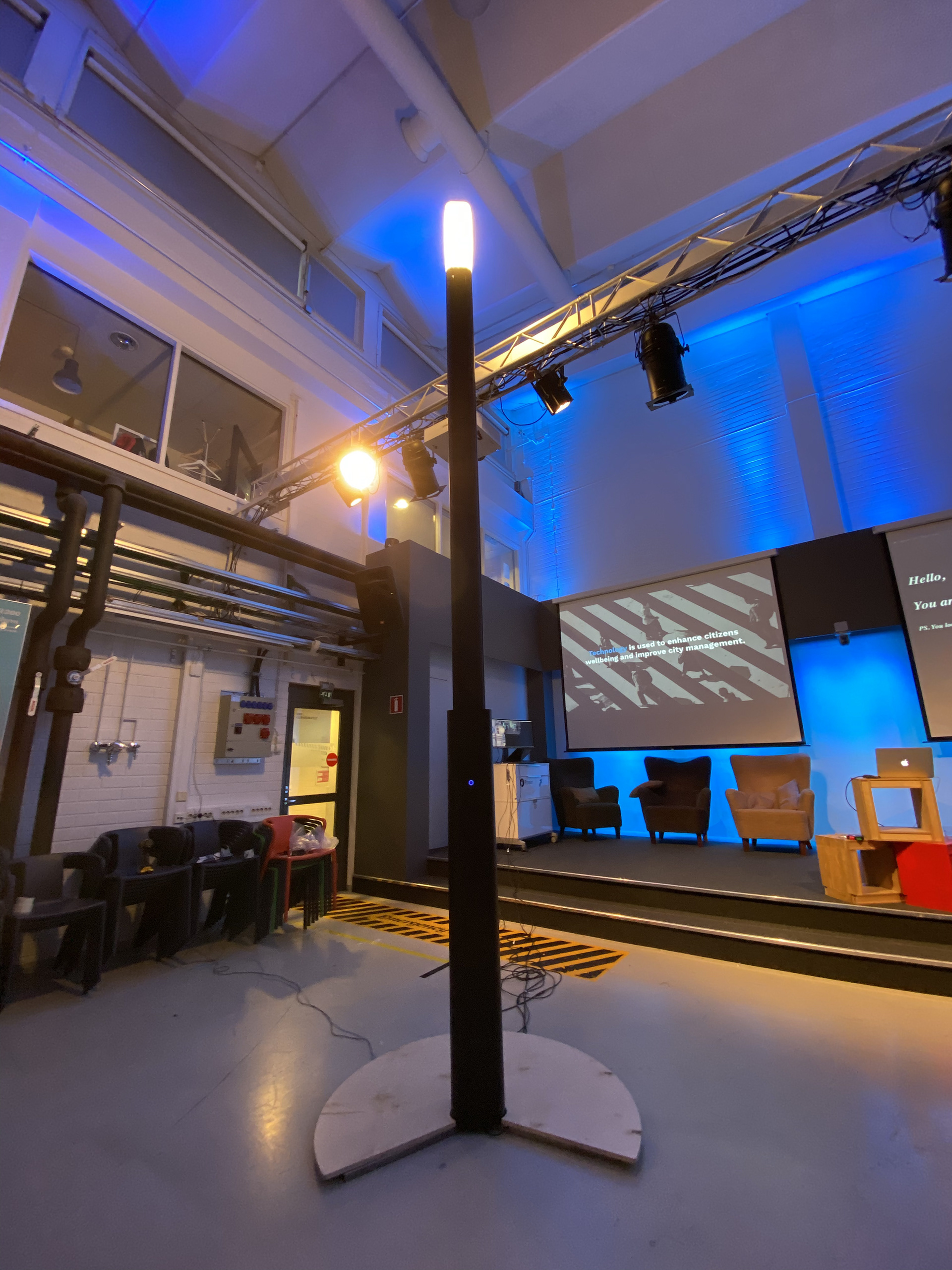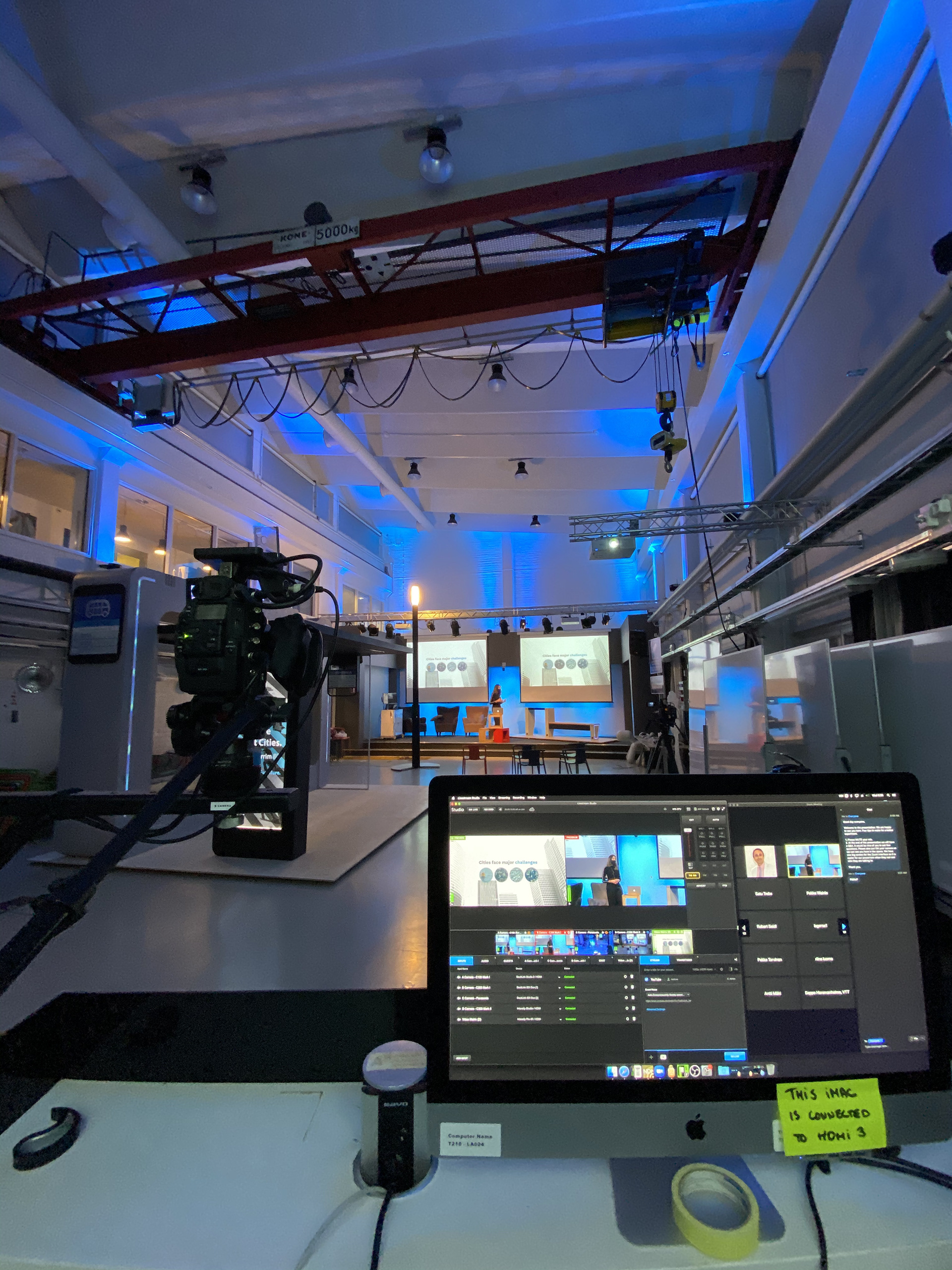LuxTurrim 5G is an ongoing multi-year smart city project that aims to develop the digital backbone for a smart city, powered and enabled by ultrafast 5G. The project is driven by a consortium of over 20 organisations to develop this product x digital ecosystem, from a smart light pole to a data market place.
Nowadays, 55% of the world’s population lives in urban areas, a proportion that is expected to increase to 68% by 2050, according to the United Nations estimates (UN). As cities grow, they face major issues, such as traffic congestion, severe air pollution, high levels of greenhouse gas emissions, overpopulation and continuous growing challenges. Digitalisation is seen as an important tool to overcome these challenges and help cities to reinvent their daily operations and meet the sustainable development goals. The inclusion of 5G technology will change the cities platforms and how services operate. The transition towards a smart city, in terms of technology, implies first that the city’s infrastructure must be upgraded to provide this network connectivity.
In a close collaboration with several LuxTurrim 5G partners our team at Aalto Design Factory has developed four comprehensive collections of Smart Urban Furniture that not only fit into various cities requirements but also provide different infrastructures designed to equip the smart cities of the future. Based on a human-centric approach, the team developed a product-service ecosystem, where technology is used to enhance citizens’ wellbeing. We are urbanising technology in order to improve city management and operations, increase efficiency with fewer resources and lower environmental impact.
My contribution to this project was to operate in the realm of product development, design engineering and service design with a unified goal to develop the next generation of smart city urban furniture, to identify the future of smart city services and to facilitate the data sphere of such an ecosystem in a global context.
For more information about the project - https://www.luxturrim5g.com/
Urban Smart City Service Design Concepts
The project required broadening our research about a smart city ecosystem. From a holistic perspective smart cities link services, products, and data to improve their daily operations. All the city data is collected in a data marketplace by the sensors installed in the urban infrastructure. Then, data is processed to create data products that the city services use to predict and automatize processes in real-time.
Activites fundamental to our research were -
- Online co-design workshops with citizens.
- Desk research about emerging technologies, trends and benchmarking.
- In-depth interviews with experts.
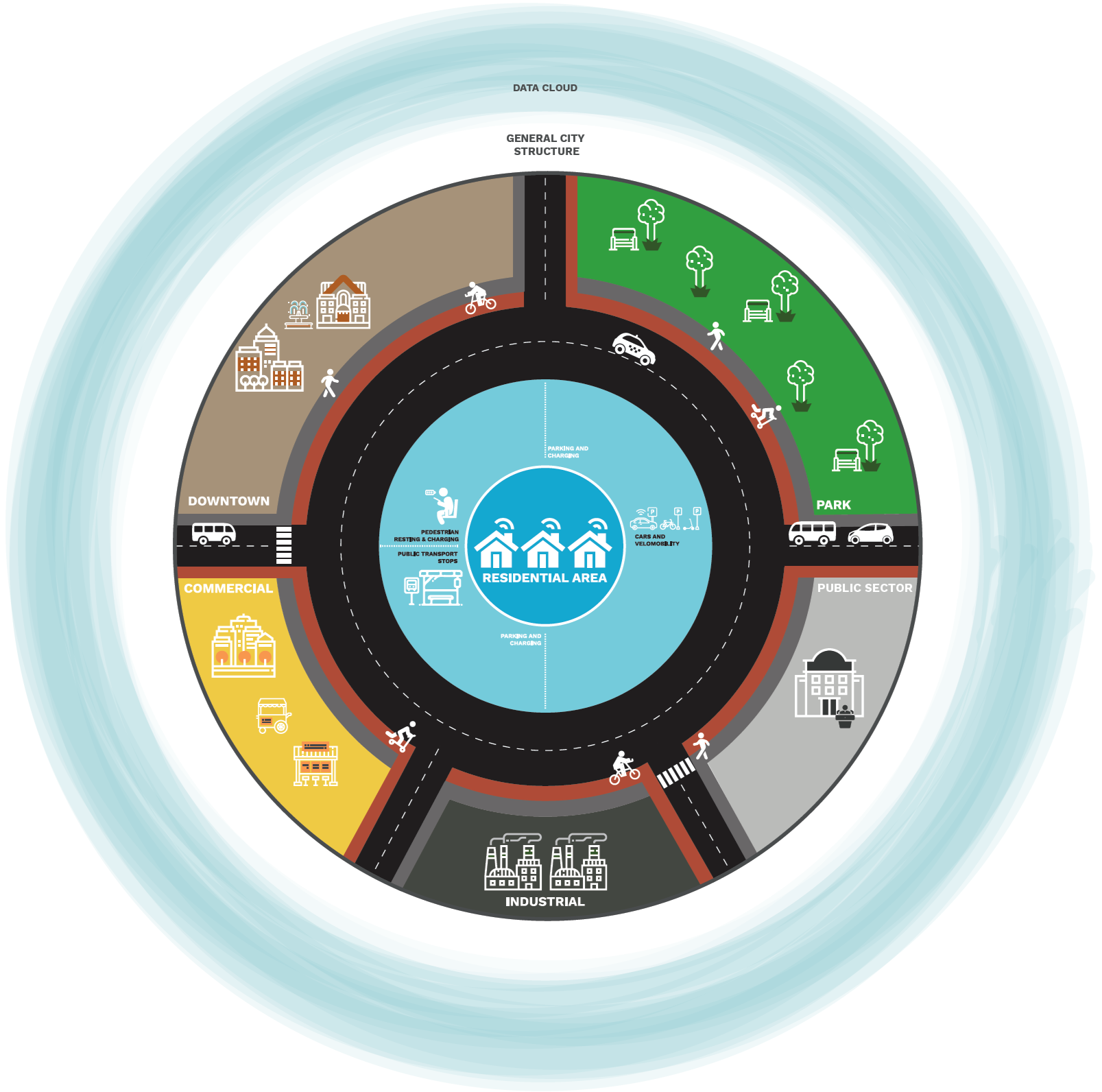
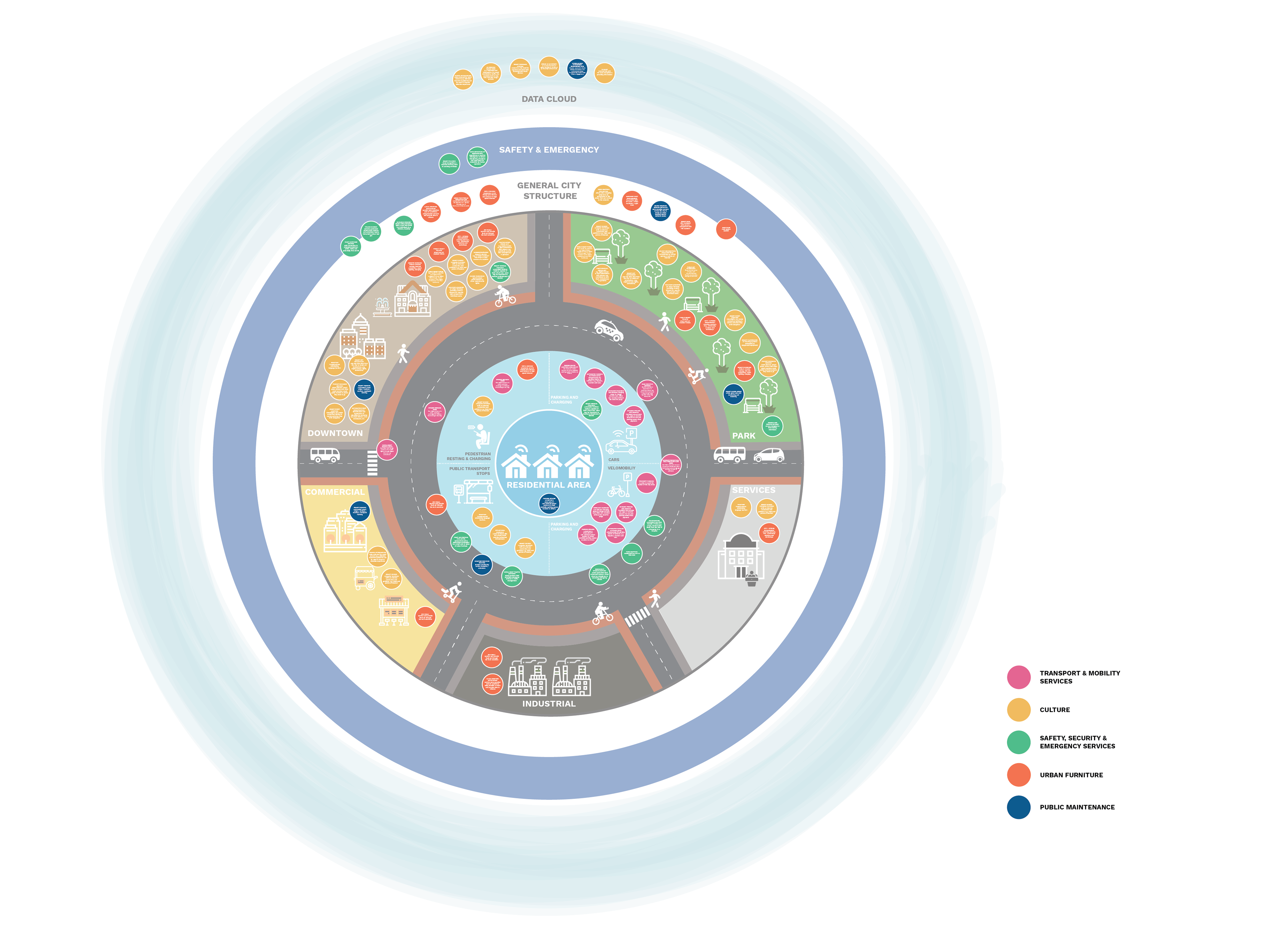

Through our research we synthesized an abstraction of a city map as a framework for ideation. In this map we identified a variety of different forms of city areas and the data sphere, and populated it with an array of smart city services and systems. This map was fundamental to our granular research and to identify key stakeholders, product service systems, new services and the citywide IOT urban furniture needed to realize them.
examples of visualizations Identifying product specific features and services

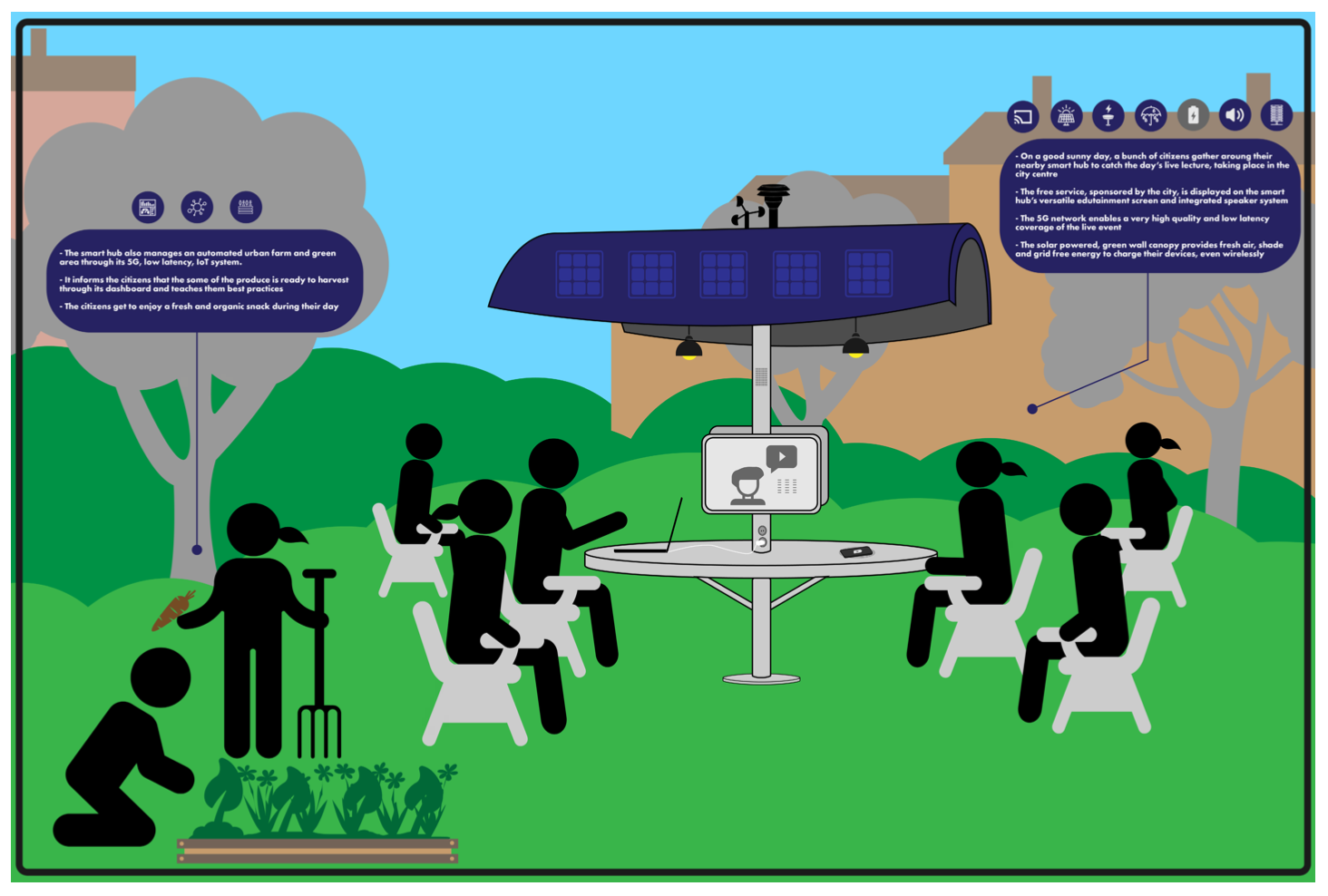
examples of scenario building to better project how these product service systems will be used
Smart city services we identified
The Flow Collection - Urban Furniture Forms and Features
Smart Light Poles
Smart Lamp Poles From 3m height to 10m height

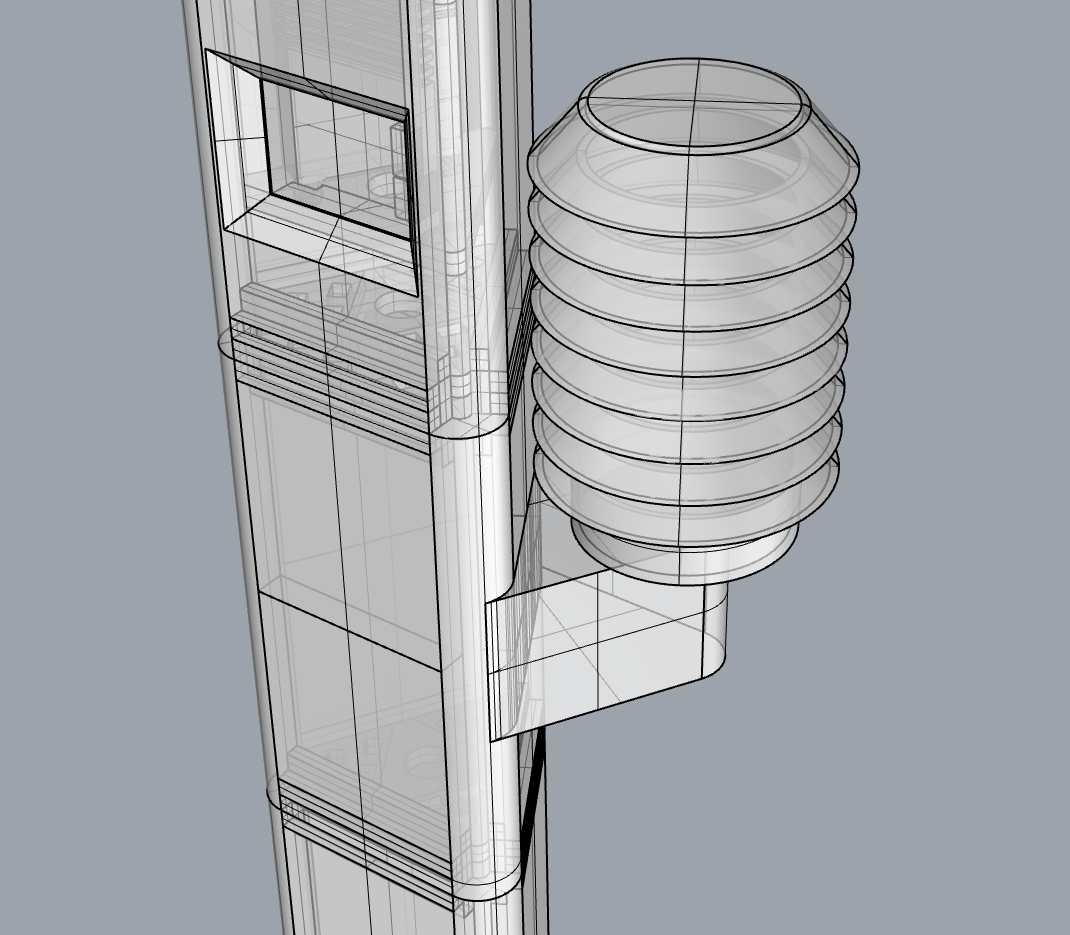
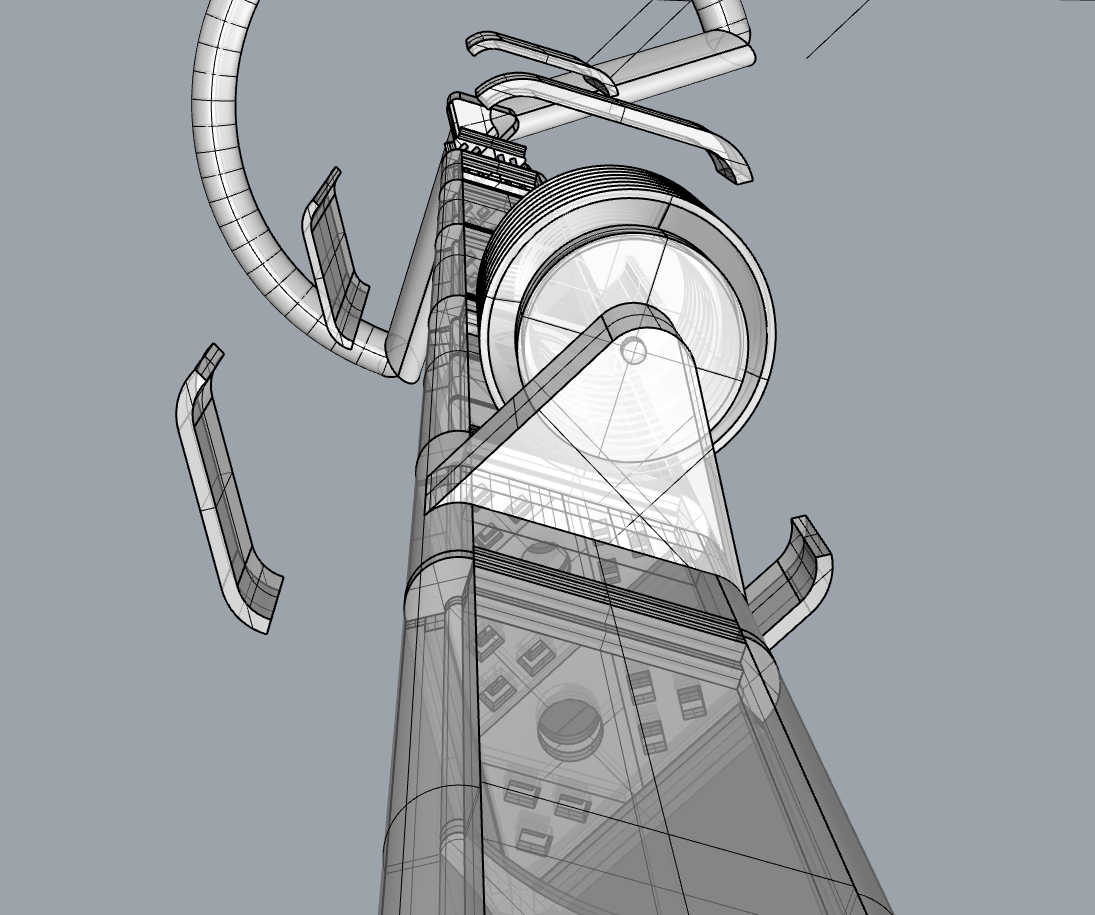


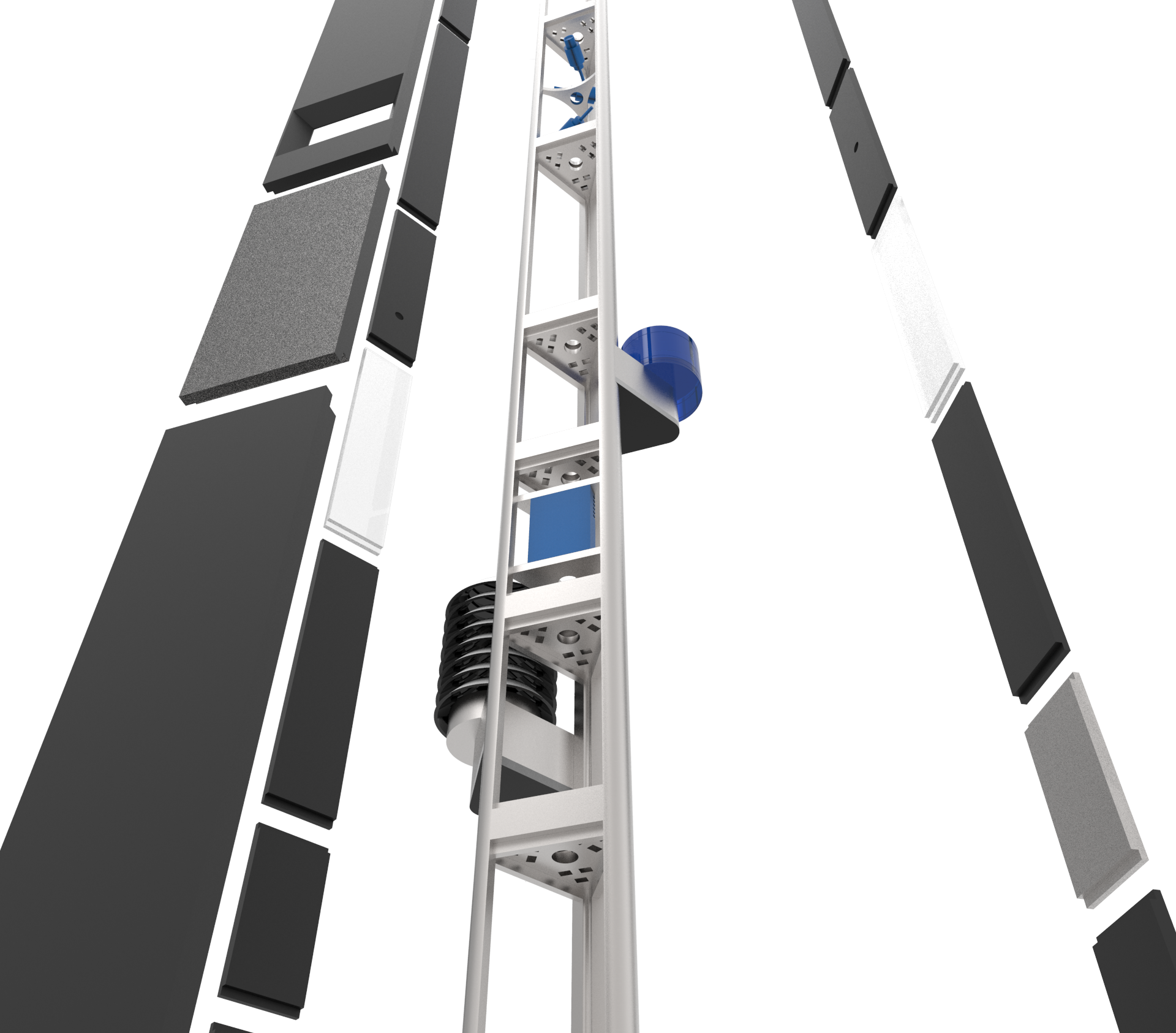
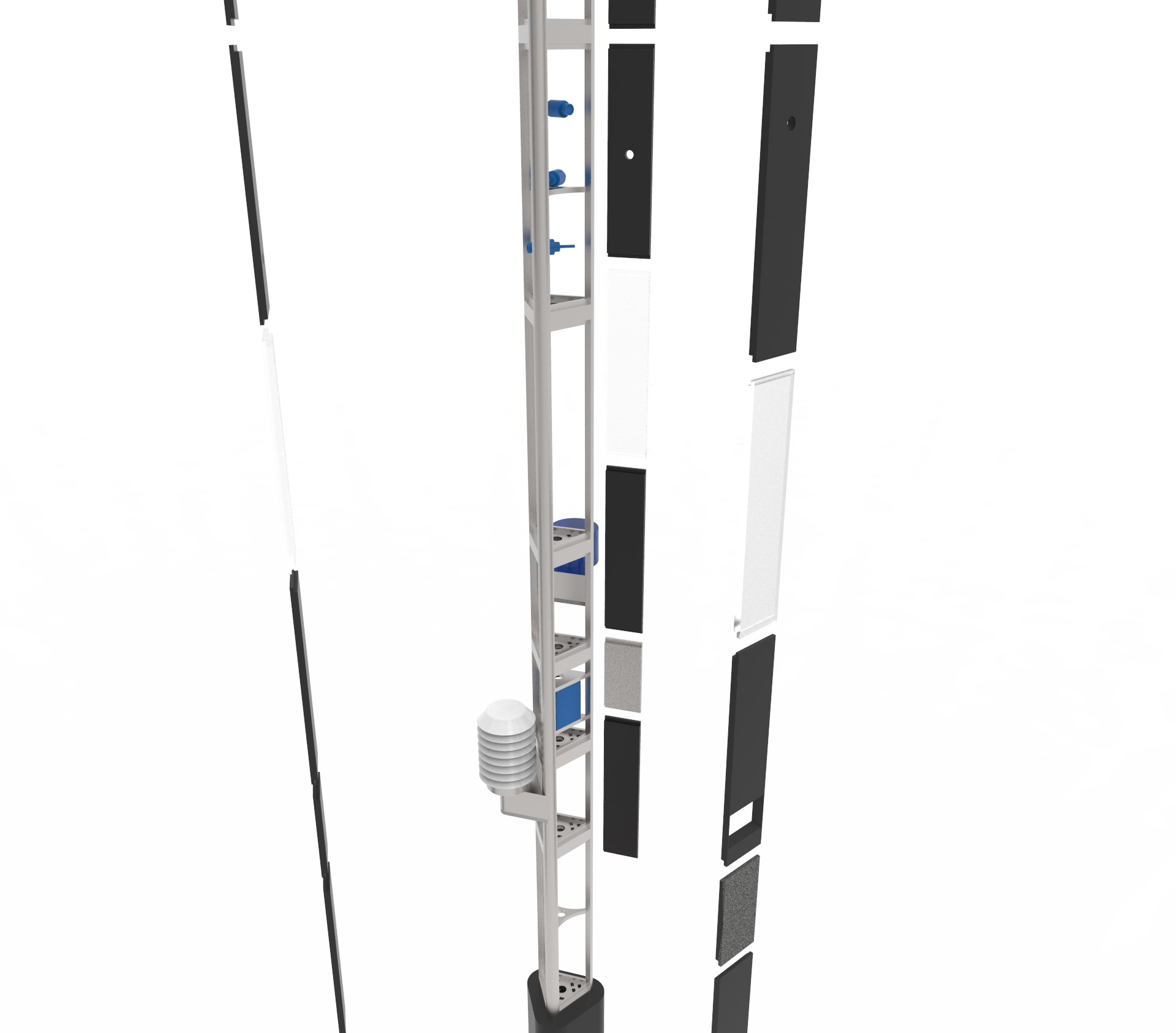
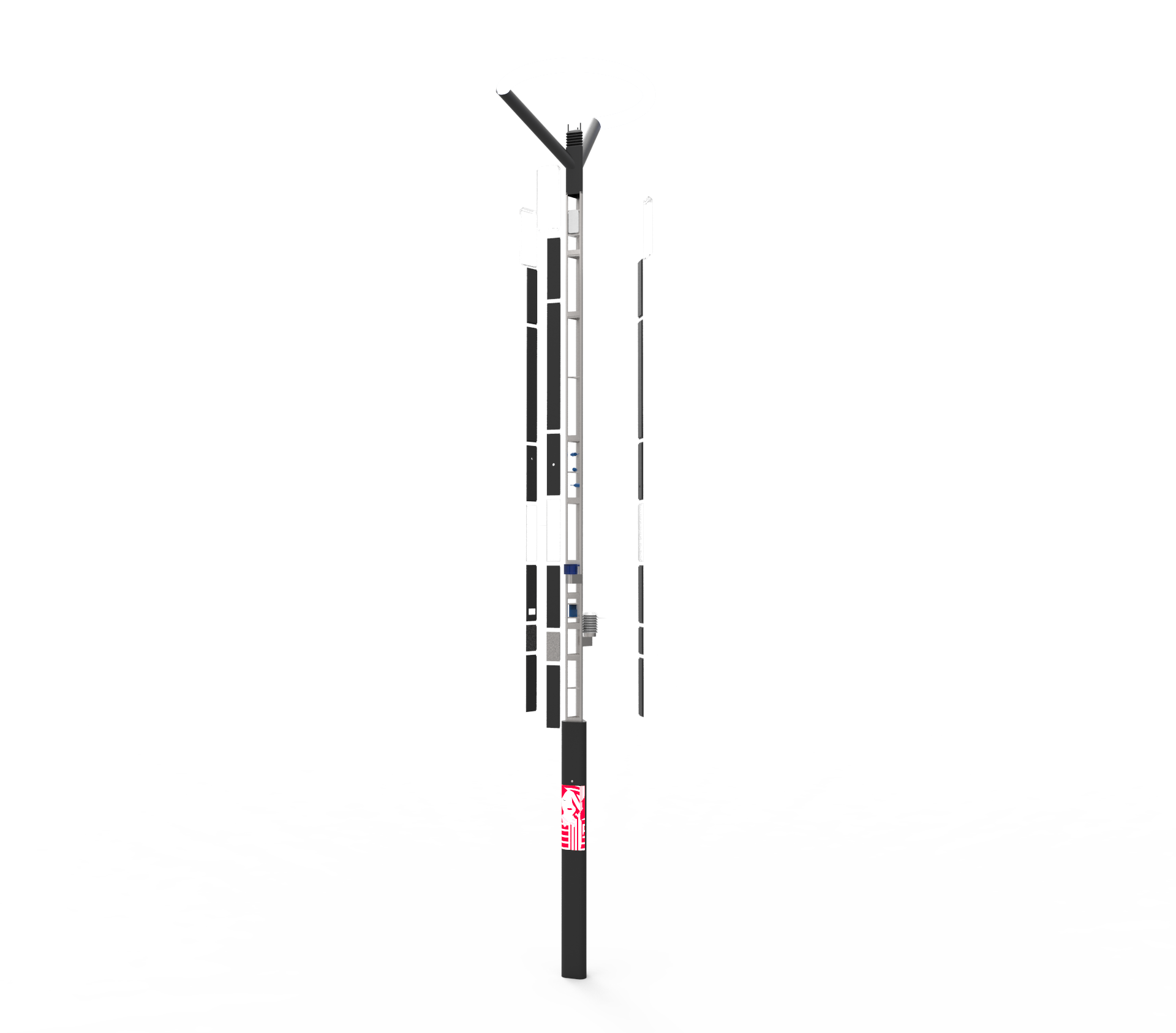
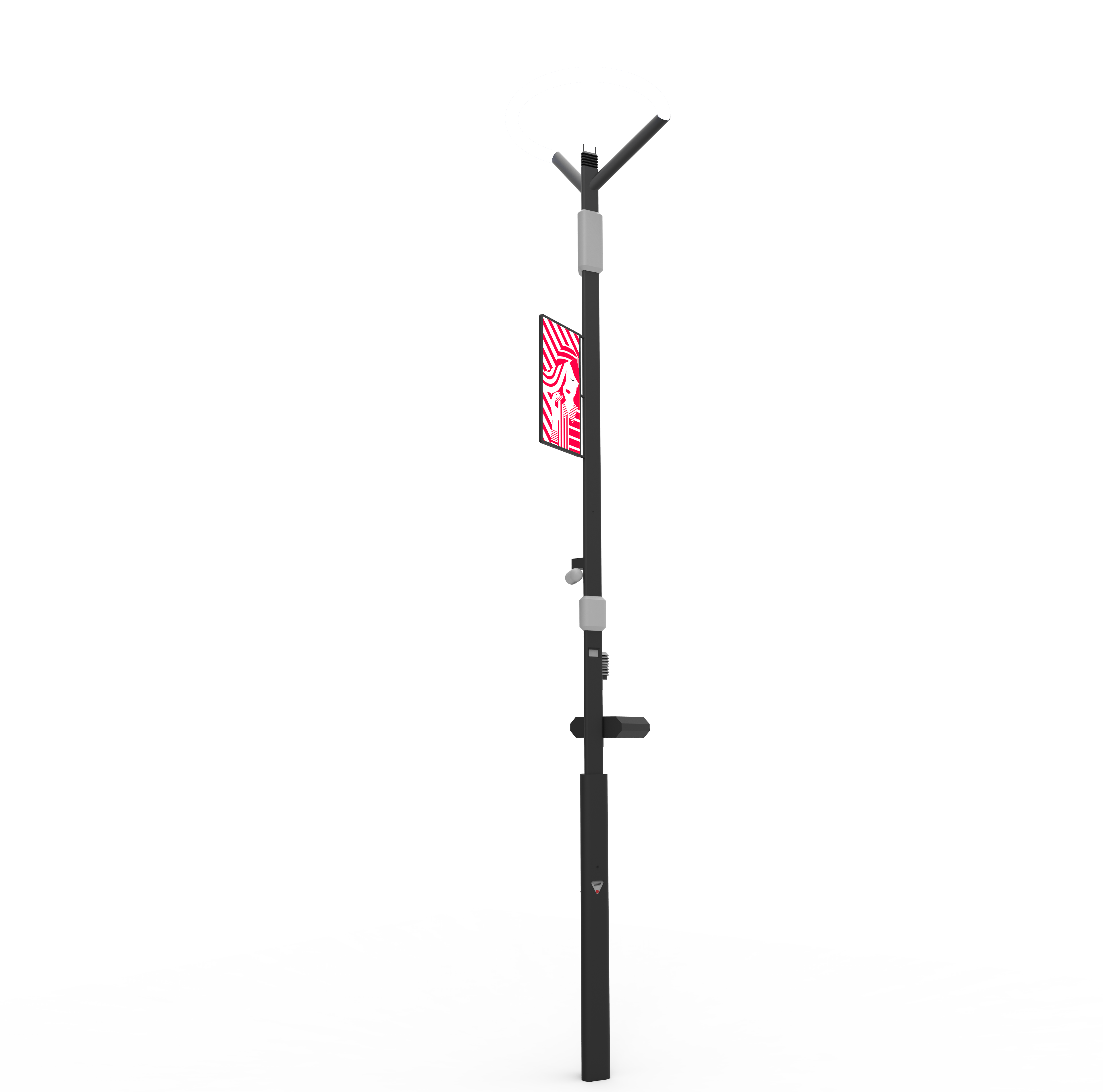
Modules, geometries and tech integrations
Smart Busstations
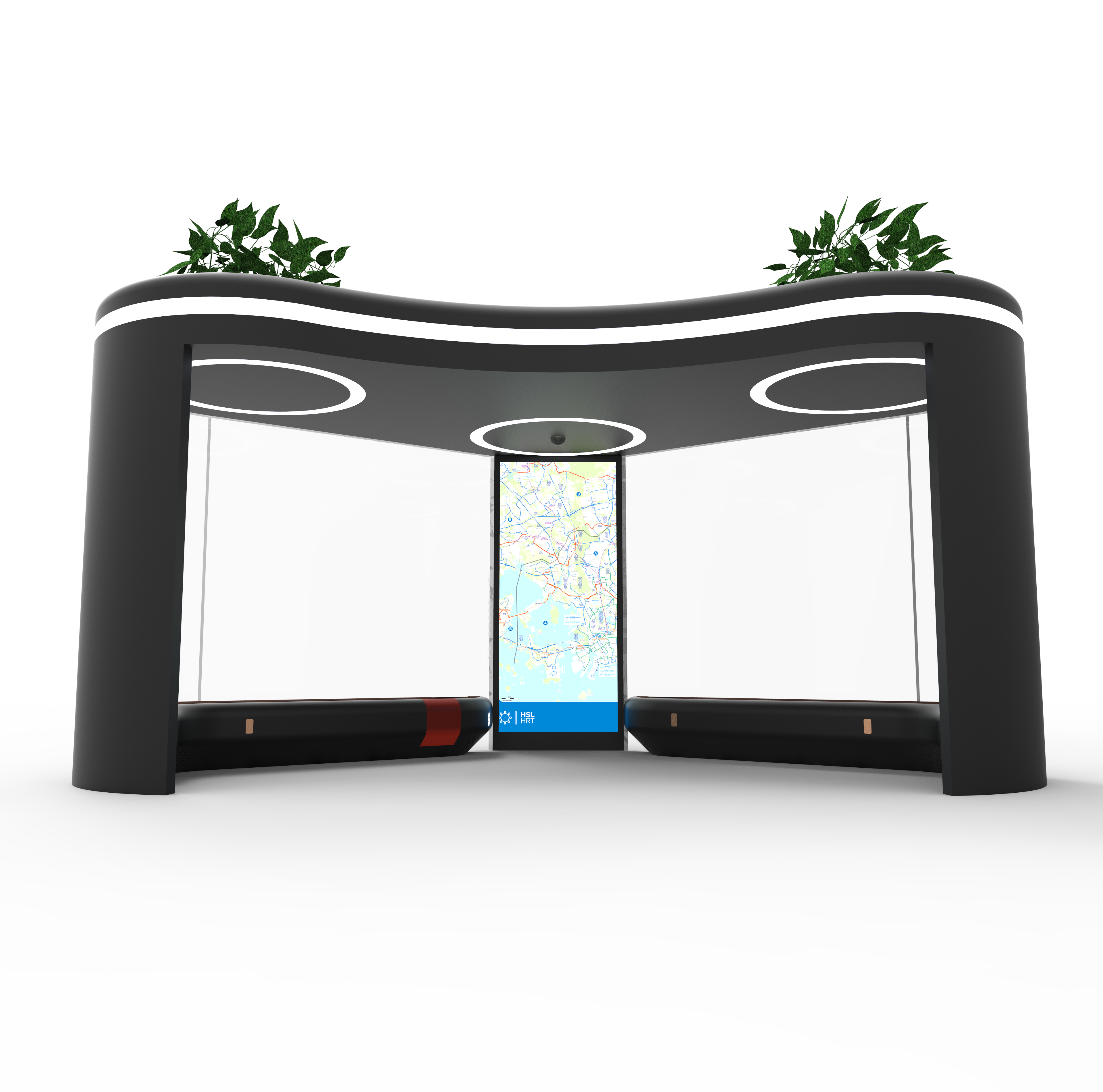

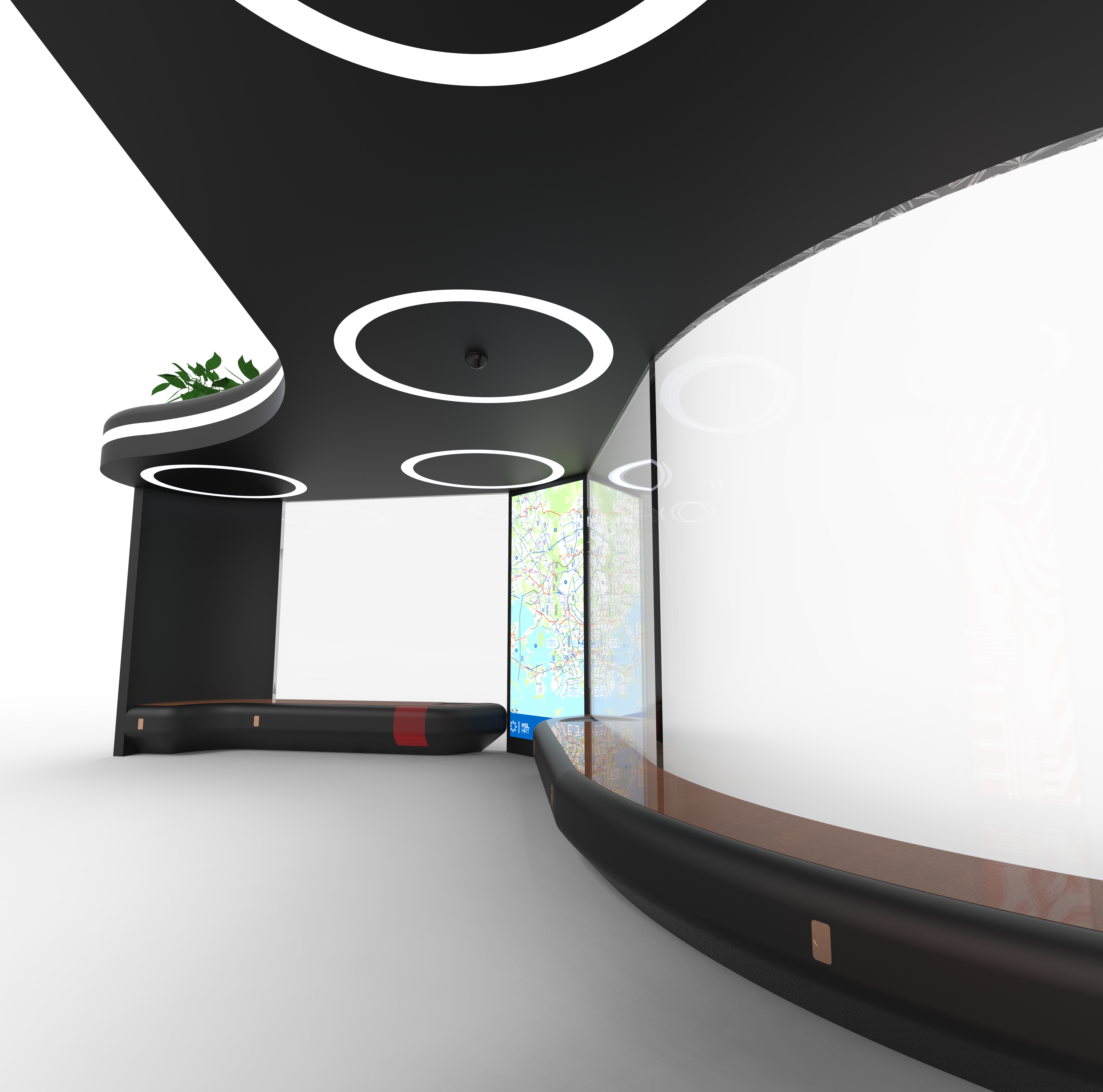
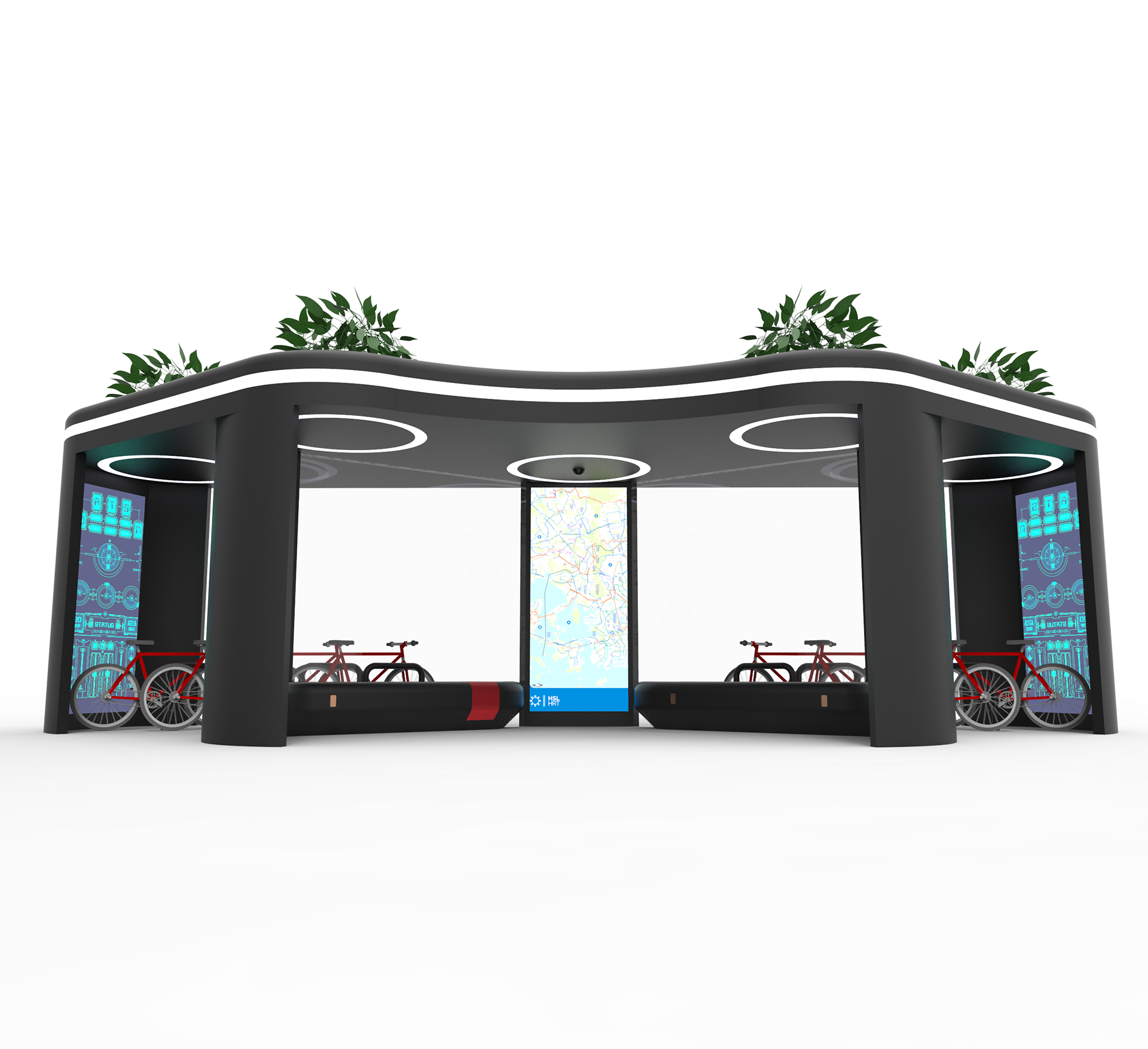
Smart Hubs
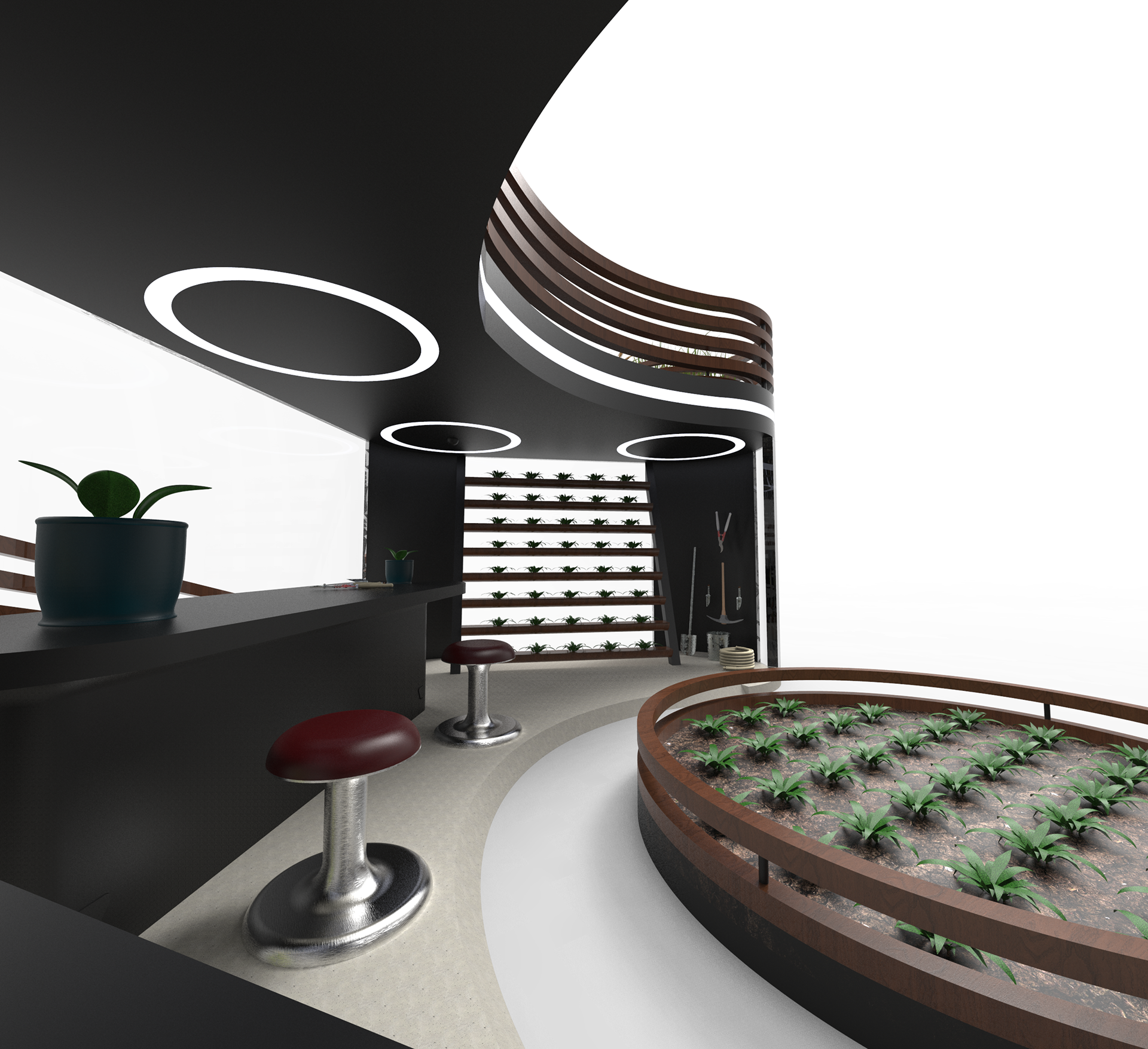


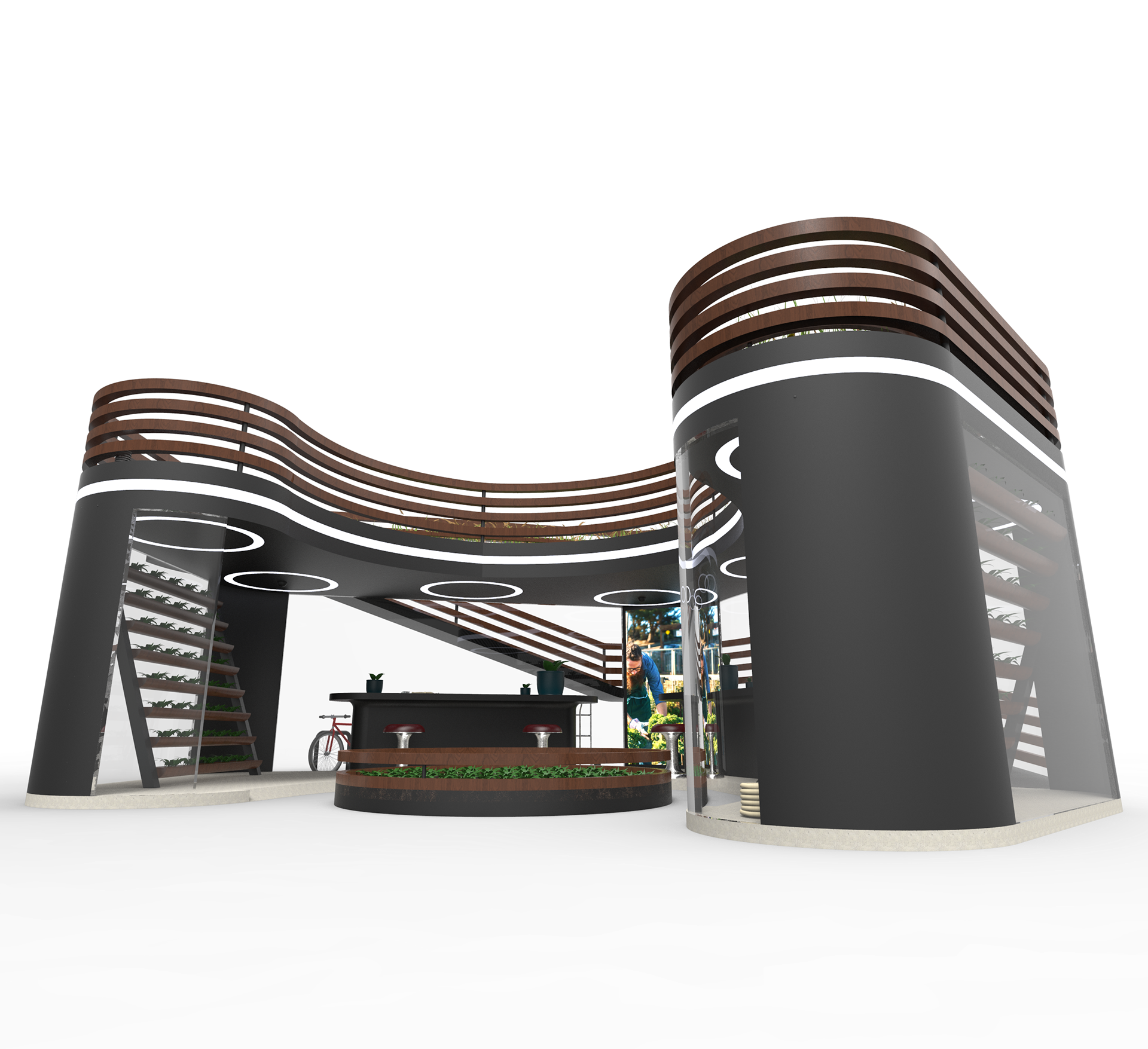
Smart Benches
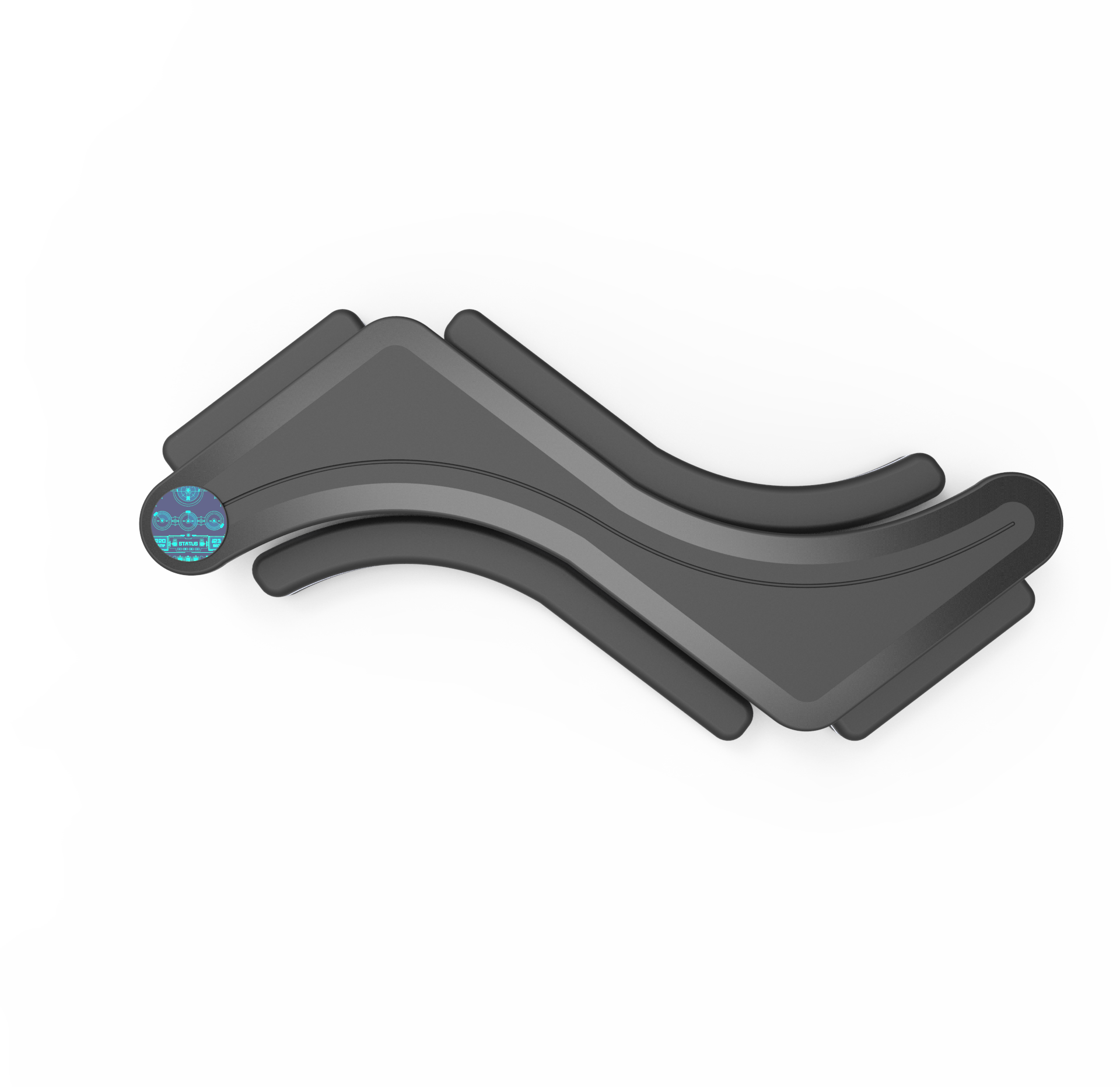
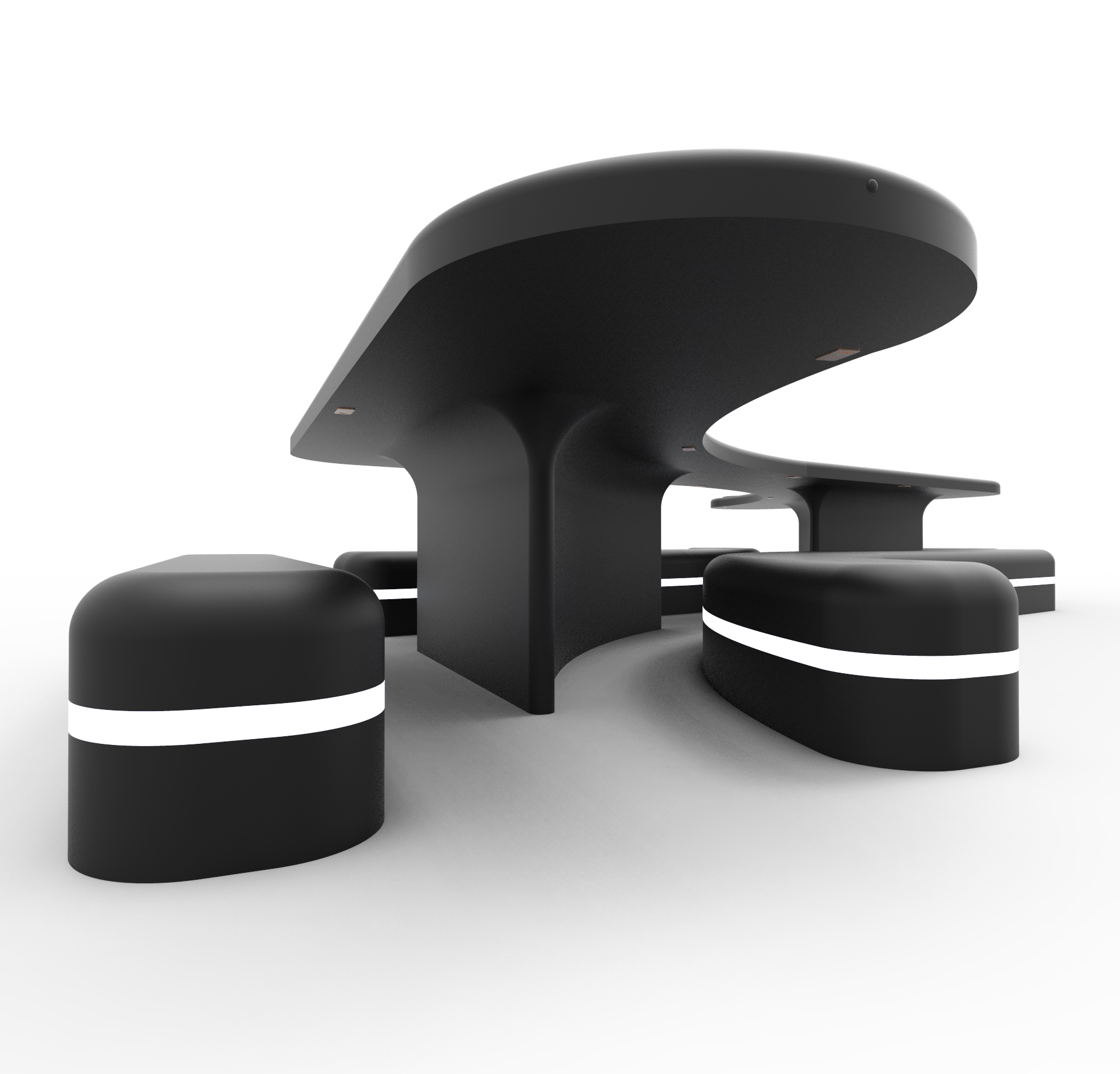


Smart Trash Bins
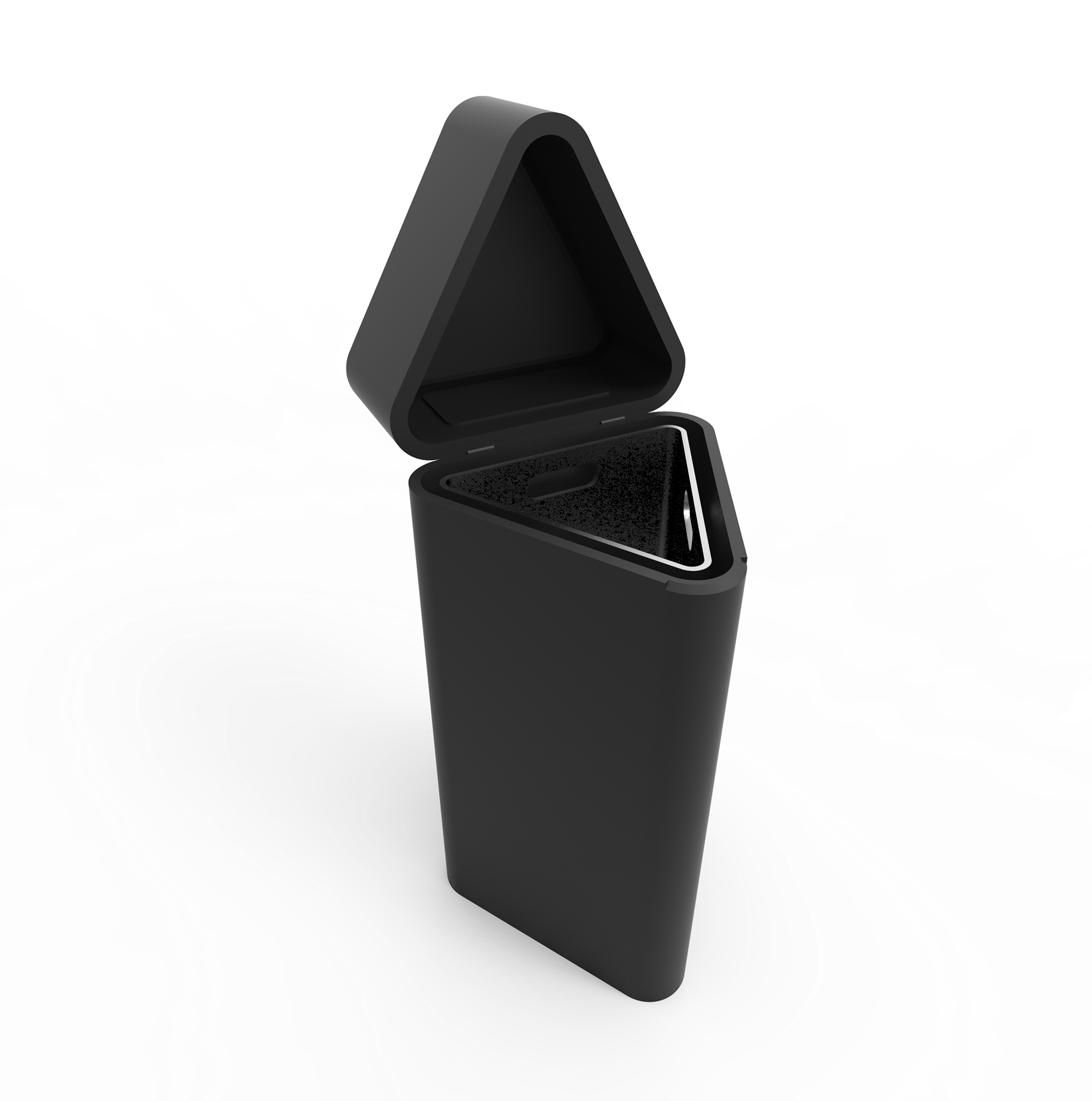
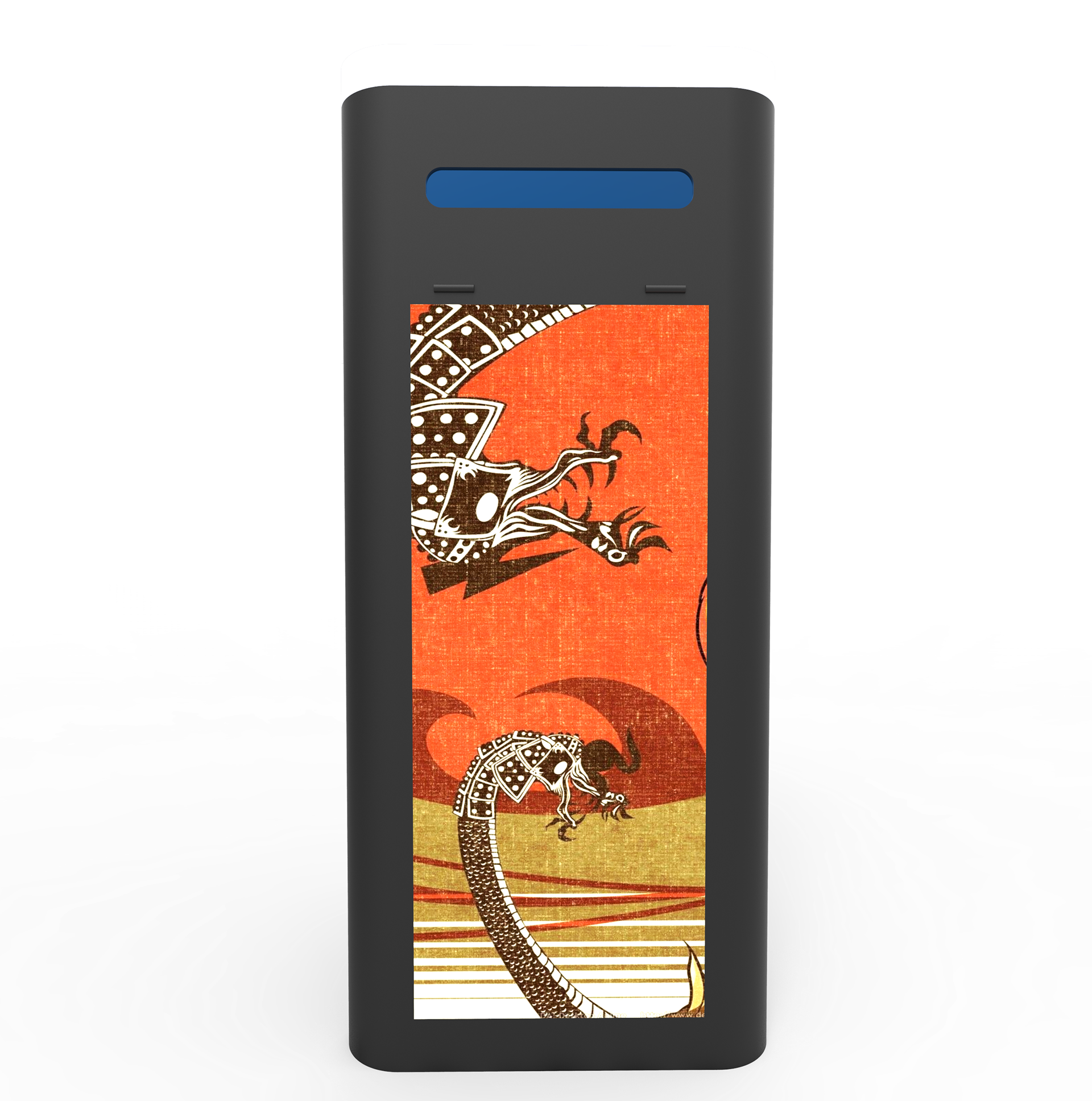
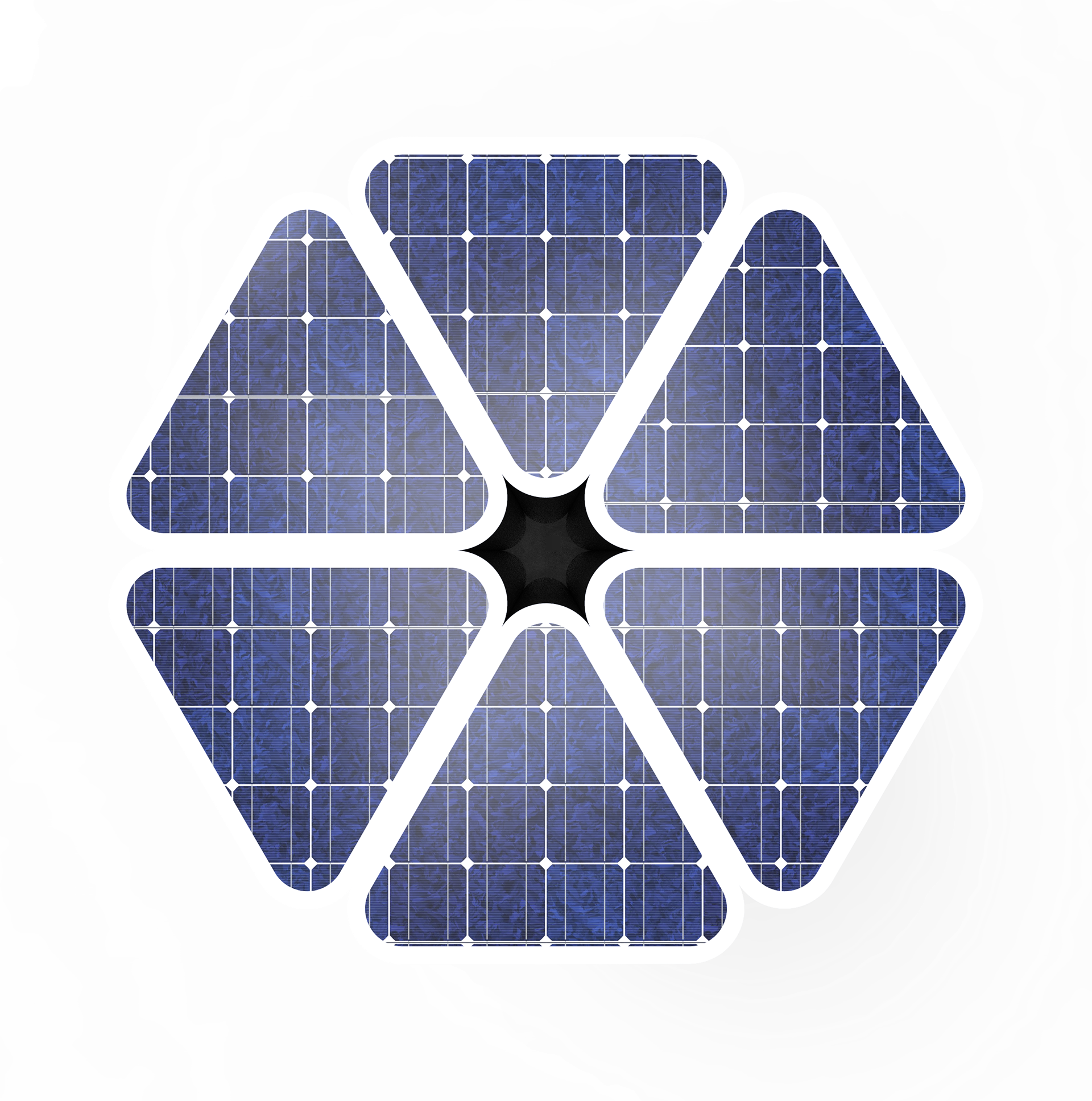
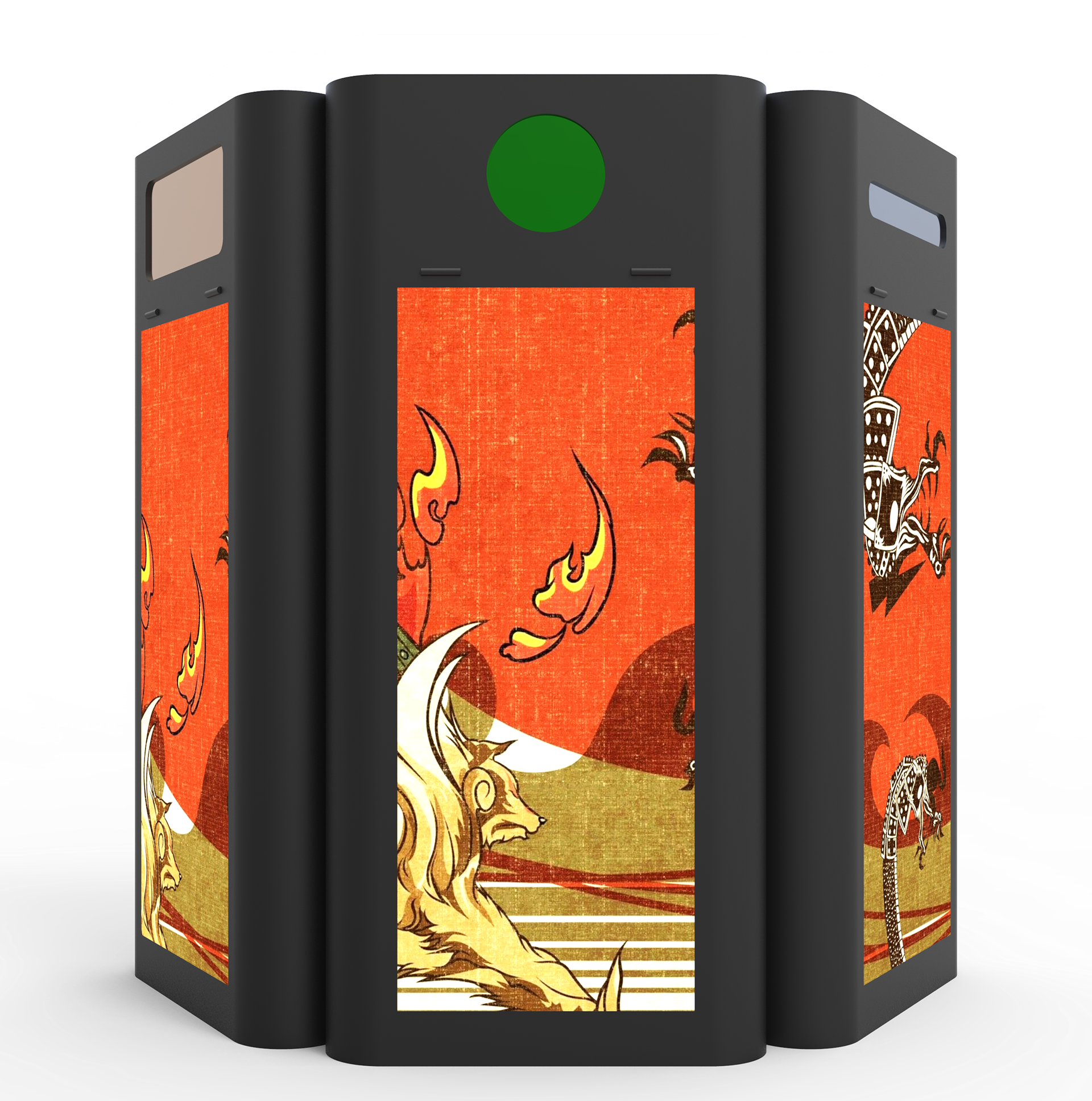
VR Cityscape to represent the product service system - Flow Collection
As a part of our showcase of the project we presented our product service system infrastructure through a VR cityscape. In this gamefied environment, viewers can explore the products and their respective features and services in VR. The VR game also features a few scenarios like an emrgency situation where the viewer can see how the products work together to respond to an emergency
Final Showcase and Physical Prototypes
